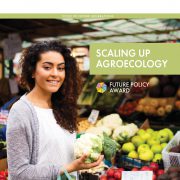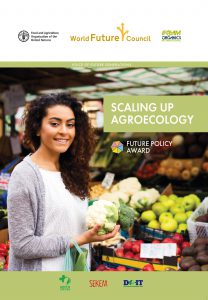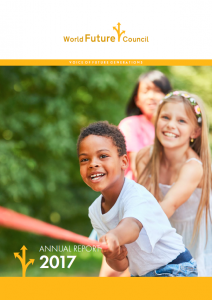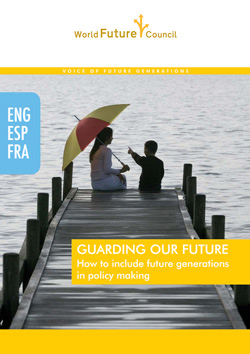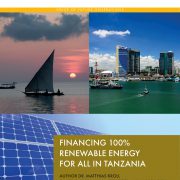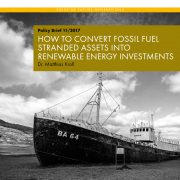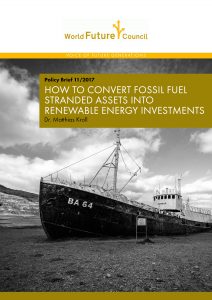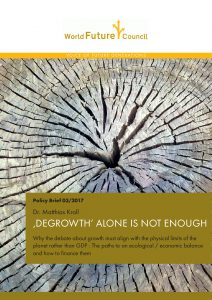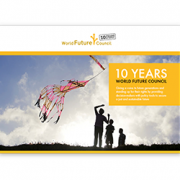Future Policy Award 2018 Policy Brochure
Celebrating the world’s best policies scaling up agroecology
In this brochure, we present the winning policies of our Future Policy Award 2018. In partnership with the Food and Agriculture Organization of the United Nations (FAO) and IFOAM – Organics International, the 2018 Future Policy Award highlights policies that scale up agroecology, contribute to the protection of life and livelihoods of small-scale food producers, ensure sustainable food production systems and implement climate resilient agricultural practices. We seek to inspire lawmakers worldwide with these exemplary, award-winning policies, and hope to see their key elements being spread and implemented in the months and years ahead.
